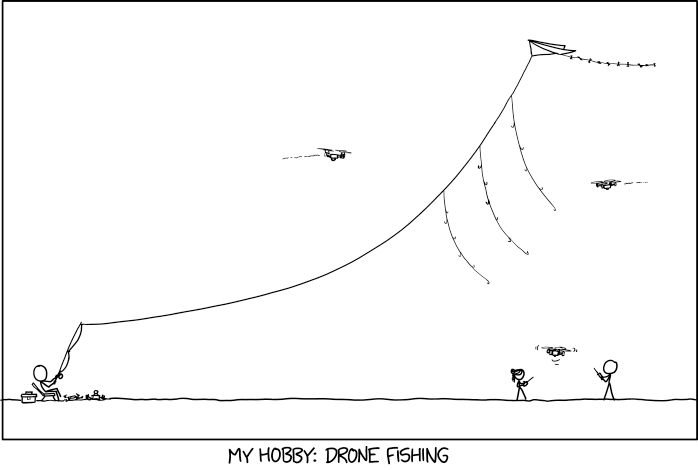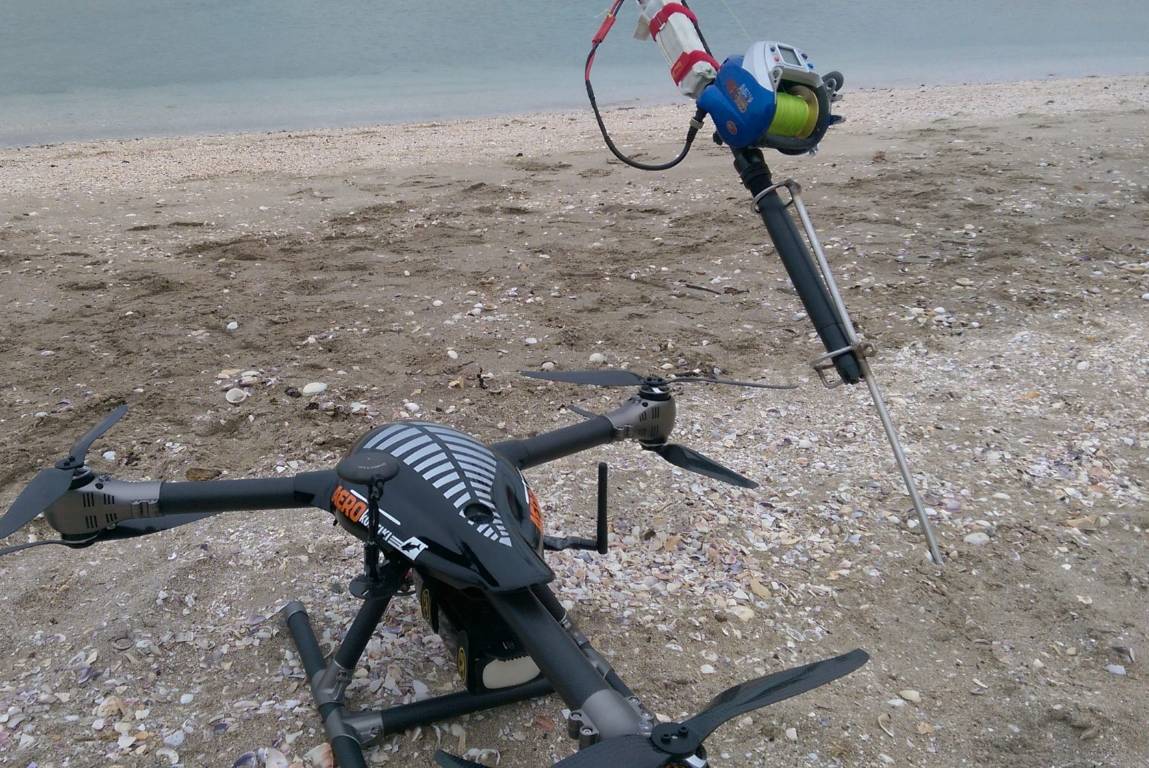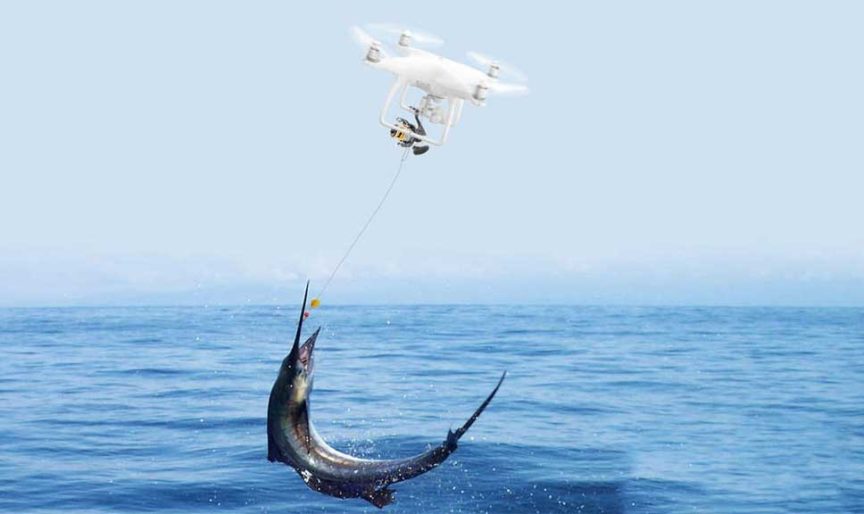
If you're considering using a drone for fishing, you'll likely want to learn more about the regulations. There are instructional videos showing you how to fly your drone to catch fish. And if you're concerned about drone ethics, read our article on the subject. We will discuss some ethical concerns regarding drone fishing. Don't forget our guide to drone fishing gear.
Regulations regarding drone fishing
It is possible to wonder what regulations apply when you are watching a YouTube video of a drone fishing for fish. There are many reasons to comply with local laws. But safety is the most important concern. For both the safety of your fish and for your own, it is important to comply with the laws. In this article we will cover some of the most important rules and make sure you follow them. Follow the International Game Fish Association guidelines.
Drones are not allowed to operate in public places like stadiums and sporting events. They cannot be within 50 feet of any sporting event or carry weapons. Operators of drones must maintain a clear view of their aerial equipment at all time. Drones must not fly over stadiums or other critical infrastructure. They also cannot distract emergency vehicles. You can check with your local law enforcement agency to learn more about drone fishing rules.

While many states have adopted laws governing the use of drones, some states have yet to pass them. Illinois recently passed SB 2167. This bill prohibits drones from being used in state parks, without permission. It also establishes privacy rights, and specifies the rules for recreational and commercial drone operators. It also prohibits drones interfering in hunting and other wildlife. These new laws are expected in a few decades.
Drone fishing raises ethical concerns
Drone fishing is not without controversy. Some companies sell underwater robots that can catch fish. The drones' video content often shows the actual fishing process. This is similar to casting your line to catch a fish. However, the process of getting a fish out from the water is quite different. People who are concerned about ethical issues in fishing might want to consider other options.
There are many benefits to drones being used for fishing. However, some fishermen feel that drones may be cheating them. The sport of fishing has not changed significantly over the millennia. However, using drones to catch fish could change that and reduce the thrill of it. Drones could also be harmful to conservation. Here are some of the ethical concerns that you should consider before you decide to use a drone for fishing.

Drone fishing is not the best choice. Drone fishing may cause damage to the environment or overfish endangered species. Some states allow drones to be used for recreational fishing. Others do not. Drone fishing has its limitations. They must be very expensive. Drones that are cheap might not have the GPS functionality, lifting capacity or control range required. In addition, drone fishing can lead loss of fish if lines get tangled. Finally, there are issues with piloting.
FAQ
Is it safe and legal to fly a drone when driving?
Drone flying while driving can be dangerous as you may collide with another vehicle or object. Also, you could hit pedestrians or animals. Additionally, hitting power lines, trees or buildings could cause damage to your car.
Can you fly a drone high without a licence?
The FAA does not limit the height of a drone. You will need to register your unmanned aircraft system (UAS), including the registration number and model name, weight, dimensions, serial number, manufacturer's number, date manufactured, and any other information.
Can my drone be flown indoors?
Yes, you can fly your drone indoors. Your home should be free from obstacles and hazards. Avoid flying near windows, doors and heating vents.
How do you travel with a drone?
Drones have become increasingly popular for commercial and personal purposes. Drones are used for filming, photography, aerial mapping, search and rescue, as well as other purposes. A number of new regulations have been approved by the FAA for drones. These include registration, licensing, pilot training and insurance. These modifications will ensure that drones remain safe and secure for all involved.
Is it illegal for a drone to be flown?
Yes, flying drones can be illegal in certain countries. These include Australia, Canada. Germany, Japan. New Zealand. Singapore. South Korea. The United Kingdom. It is legal in some other countries, such as France and Italy, the Netherlands, Poland, Russia or Switzerland, Turkey, Ukraine, and Vietnam.
Statistics
- Research and Markets predict a growth rate of 51.1% over the next five years. (thedroneu.com)
- According to ZipRecruiter, the minimum hourly wage of drone pilots is $20. (thedroneu.com)
- According to Indeed, a drone pilot gets paid $25.73 per hour on average in the US. (dronesgator.com)
External Links
How To
How to Fly Drones with Beginners
A drone can be used to fly remotely controlled aircraft for photography, surveillance, scientific research, hobby and commercial purposes. Drones are a technology that has been around since World War II. DJI's Phantom series quadcopters were first commercially available in 2010. From beginner-friendly drones such as Parrot AR Drone 2.0 through professional-grade multirotor craft like DJI Mavic Pro, many types have been available.
There are several ways to fly a drone, including;
-
Remote control - This allows you to control the drone from your hand. There are two main types of controllers: On/Off switches (like a radio) and joysticks.
-
Manual Control - This method uses a smartphone app to remotely control the drone using GPS coordinates. You will need to keep track of where the drone is going and follow the directions from the app.
-
Autonomous Flight - This method involves leaving the piloting duties to the drone itself. The drone is able to fly autonomously, without the need for human intervention. It must have a builtin camera, sensors capable of taking images and data to enable autonomous flight.
-
Triggered Flying - This method works in the same way as manual control. However, the pilot has to manually set up a route for the drone and it follows that route until reaching the endpoint. After the program is complete, the drone automatically returns to the ground.
-
Landing Gear- Some drones include landing gear that allows for safe landing if the power goes out or they run out of batteries.
-
Goggles – Pilots often wear goggles while flying to keep themselves safe from any debris.
-
Camera - Some drones are equipped with cameras allowing you to capture photos and videos from above.
-
Obstacles - Some drones can be equipped with obstacle avoidance systems that prevent them from crashing into obstacles.
-
Speed - Drones can reach speeds up to 40 mph.
-
Battery Life – Most drones will last 20 minutes to three hours depending on how powerful they are.
-
Some drones are capable of traveling up to 30 miles depending upon their make and model.
-
Power source – Some drones require external power sources, others require internal batteries.
-
Weight - Some drones weigh less than 1 pound, whereas other models weigh up to 4 pounds.
-
Size - From small drones that can be carried in the palm of one's hand to larger drones that weigh over 50 pounds, drones come in a variety of sizes.
-
Price - All drones fall within a specific price range, from high-end models that can cost thousands of dollars to lower-cost options starting at $100.